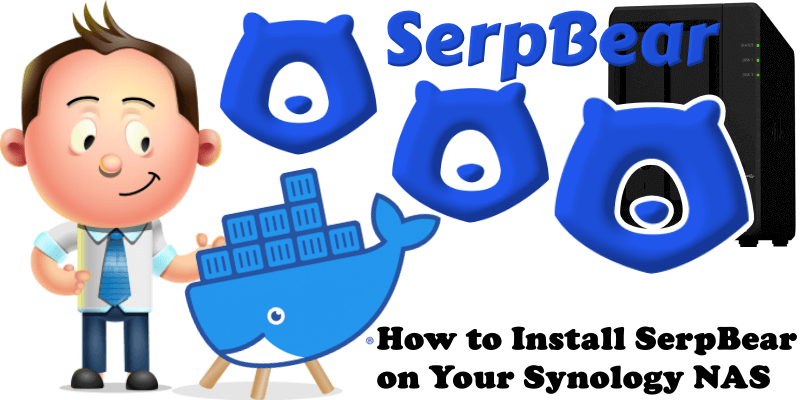
SerpBear is an Open Source Search Engine Position Tracking App. It allows you to track your website’s keyword positions in Google and get notified of their positions. In this step by step guide I will show you how to install SearBear on your Synology NAS using Docker and Portainer.
This guide works perfectly with the latest SerpBear v2.0.7 release.
STEP 1
Please Support My work by Making a Donation.
STEP 2
Install Portainer using my step by step guide. If you already have Portainer installed on your Synology NAS, skip this STEP. Attention: Make sure you have installed the latest Portainer version.
STEP 3
Go to File Station and open the docker folder. Inside the docker folder, create one new folder and name it serpbear. Follow the instructions in the image below.
Note: Be careful to enter only lowercase, not uppercase letters.
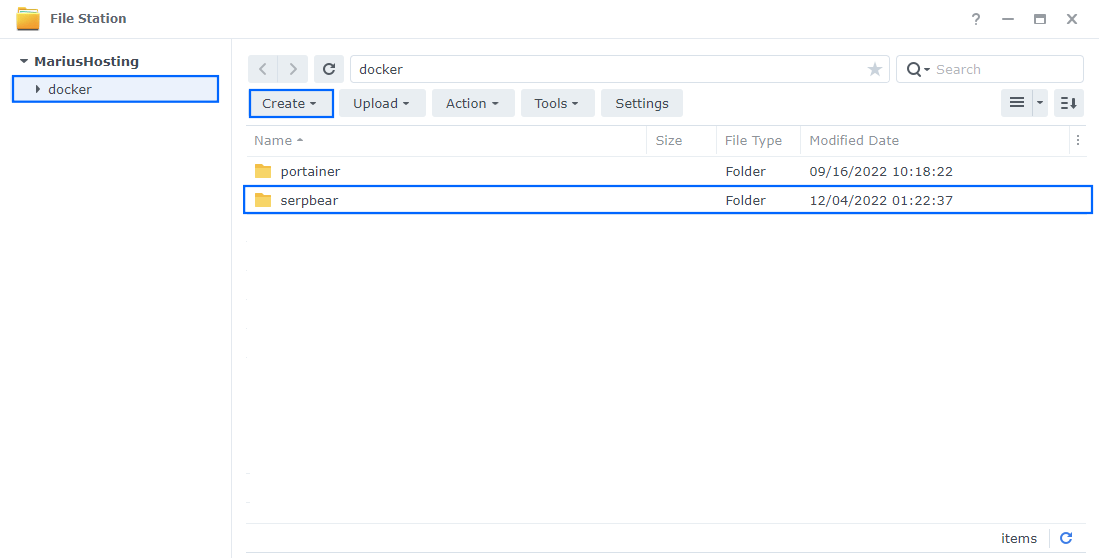
STEP 4
Log into Portainer using your username and password. On the left sidebar in Portainer, click on Home then Live connect. Follow the instructions in the image below.

On the left sidebar in Portainer, click on Stacks then + Add stack. Follow the instructions in the image below.

STEP 6
In the Name field type in serpbear. Follow the instructions in the image below.
services:
serpbear:
image: towfiqi/serpbear:latest
container_name: SerpBear
hostname: serpbear
security_opt:
- no-new-privileges:true
healthcheck:
test: wget --no-verbose --tries=1 --spider http://localhost:3000/ || exit 1
user: 1026:100
ports:
- 8495:3000
environment:
- USER=marius
- PASSWORD=mariushosting
- SECRET=dOxZYTTZgXKMHkqLBIQVImayQXAVWdzGBPuFJKggzcgvgPJPXpWzqzKaUOIOGGIr
- APIKEY=diapPJZShojcMBZmSbAbSVQxzvUCFYgXxuXoKJituXziAXDeYrDsVcPoZRtWrWfD
- NEXT_PUBLIC_APP_URL=http://localhost:3000 #For Reverse Proxy Type in your synology.me DDNS with https:// at the beginning.
volumes:
- /volume1/docker/serpbear:/app/data:rw
restart: on-failure:5
Note: Before you paste the code above in the Web editor area below, change the value numbers for user with your own UID and GID values. (Follow my step by step guide on how to do this.) 1026 is my personal UID value and 100 is my personal GID value. You have to type in your own values.
Note: Before you paste the code above in the Web editor area, change the value for USER and add your own username. marius is an example for a username. You have to insert your own username.
Note: Before you paste the code above in the Web editor area, change the value for PASSWORD and add your own password. mariushosting is an example for a password. You have to insert your own password.
Note: Before you paste the code above in the Web editor area below, change the value for SECRET. (Generate your own Random 64 length SECRET.)
Note: Before you paste the code above in the Web editor area below, change the value for APIKEY. (Generate your own Random 64 length APIKEY.)
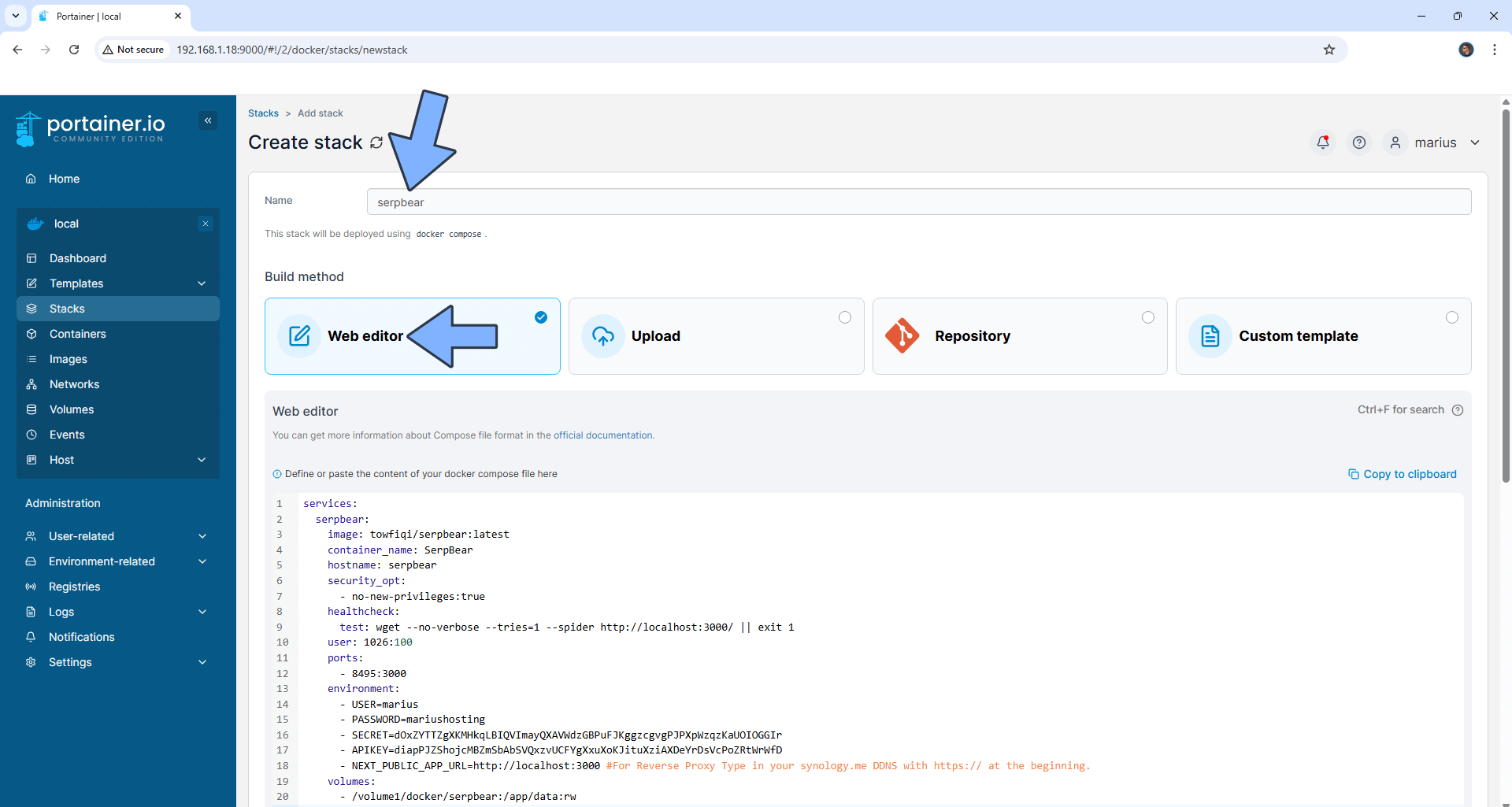
STEP 7
Scroll down on the page until you see a button named Deploy the stack. Click on it. Follow the instructions in the image below. The installation process can take up to a few minutes. It will depend on your Internet speed connection.
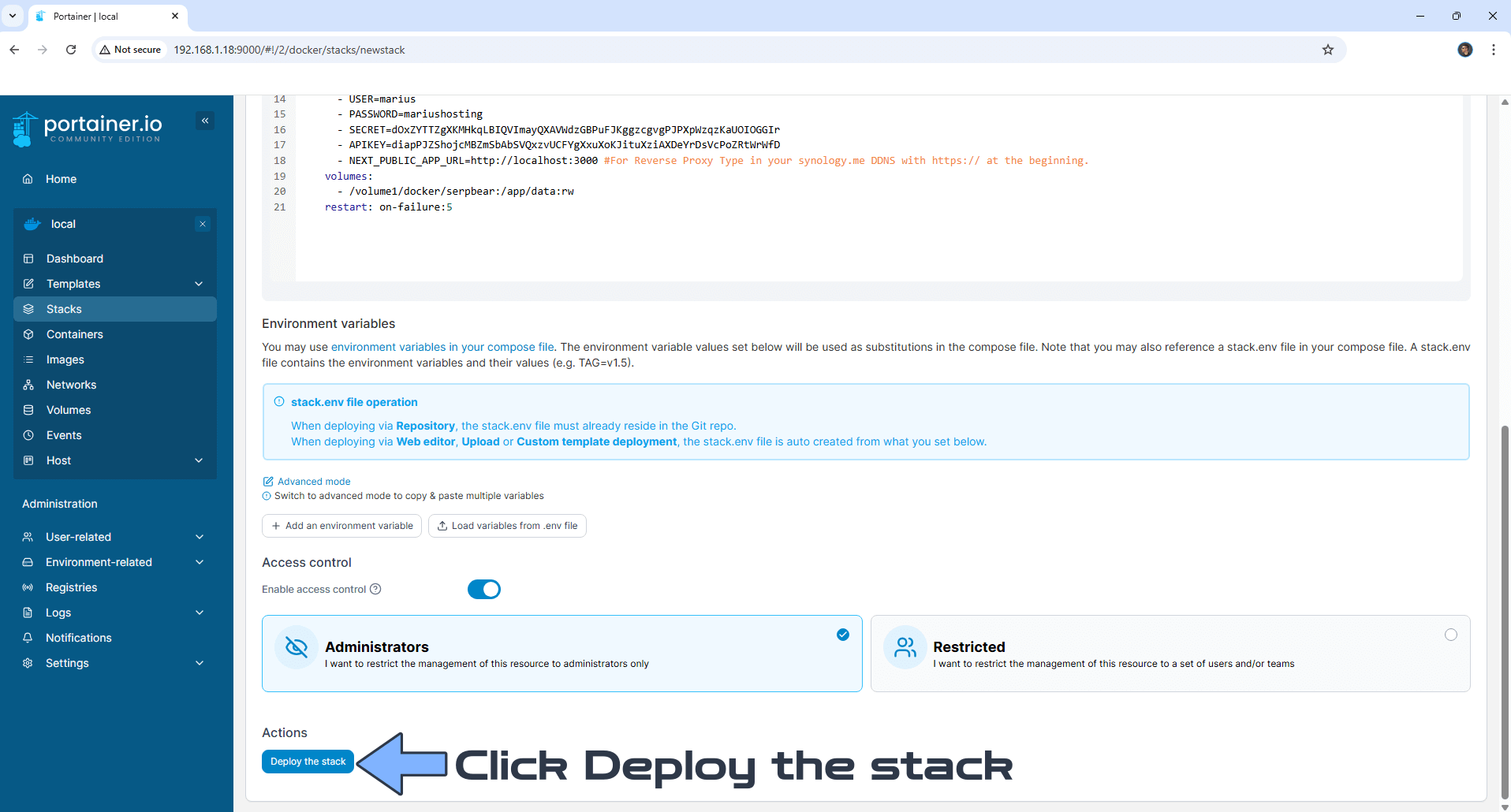
STEP 8
If everything goes right, you will see the following message at the top right of your screen: “Success Stack successfully deployed“.

STEP 9
🟢Please Support My work by Making a Donation. Almost 99,9% of the people that install something using my guides forget to support my work, or just ignore STEP 1. I’ve been very honest about this aspect of my work since the beginning: I don’t run any ADS, I don’t require subscriptions, paid or otherwise, I don’t collect IPs, emails, and I don’t have any referral links from Amazon or other merchants. I also don’t have any POP-UPs or COOKIES. I have repeatedly been told over the years how much I have contributed to the community. It’s something I love doing and have been honest about my passion since the beginning. But I also Need The Community to Support me Back to be able to continue doing this work.
STEP 10
The installation process can take up to a few seconds/minutes. It will depend on your Internet speed connection. Now open your browser and type in http://Synology-ip-address:8495 In the Username and Password area type in your own Username and Password that you have previously added at STEP 6. Click Login. Follow the instructions in the image below.
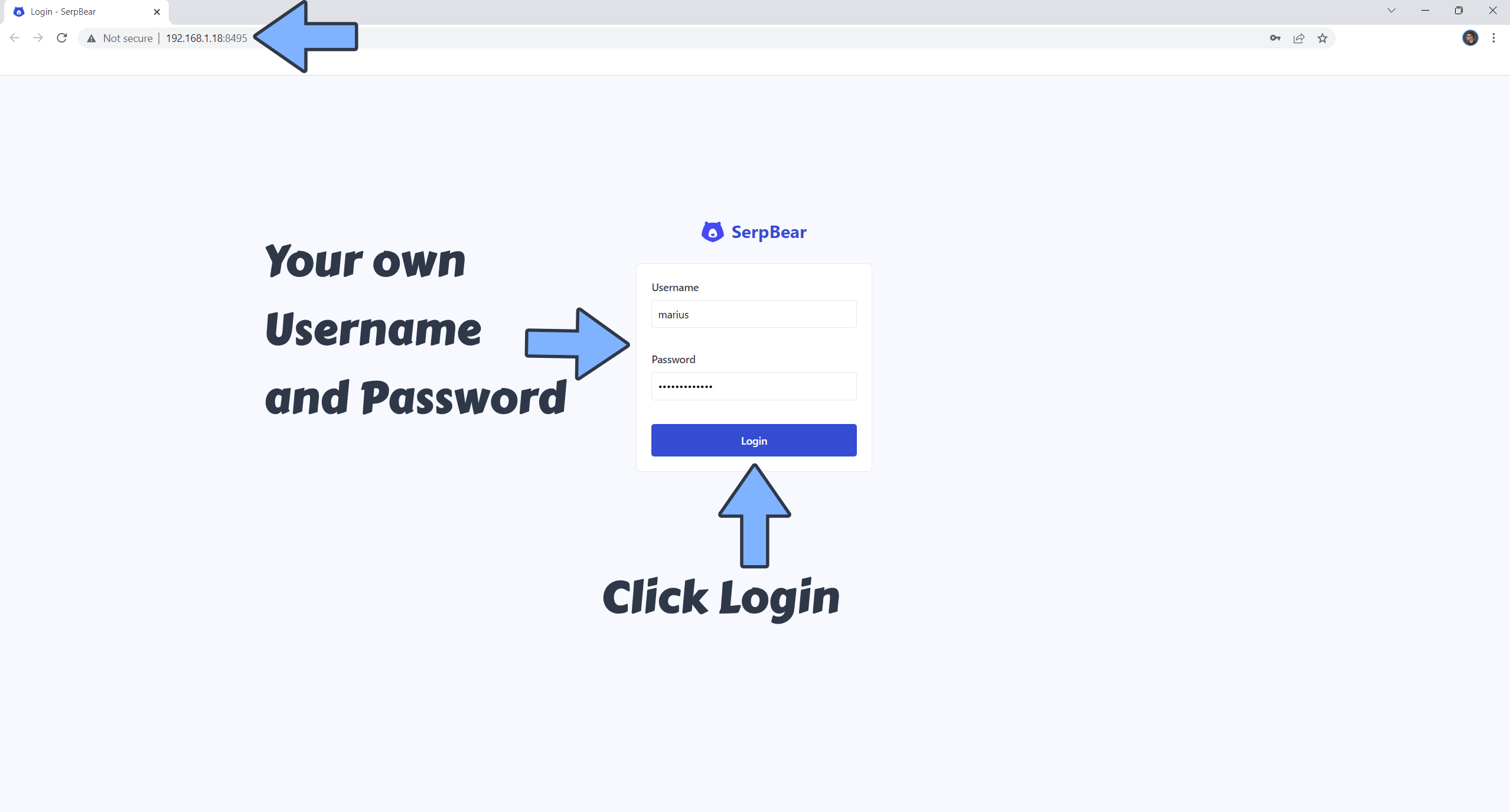
STEP 11
At the top right of the page click Settings. Follow the instructions in the image below.
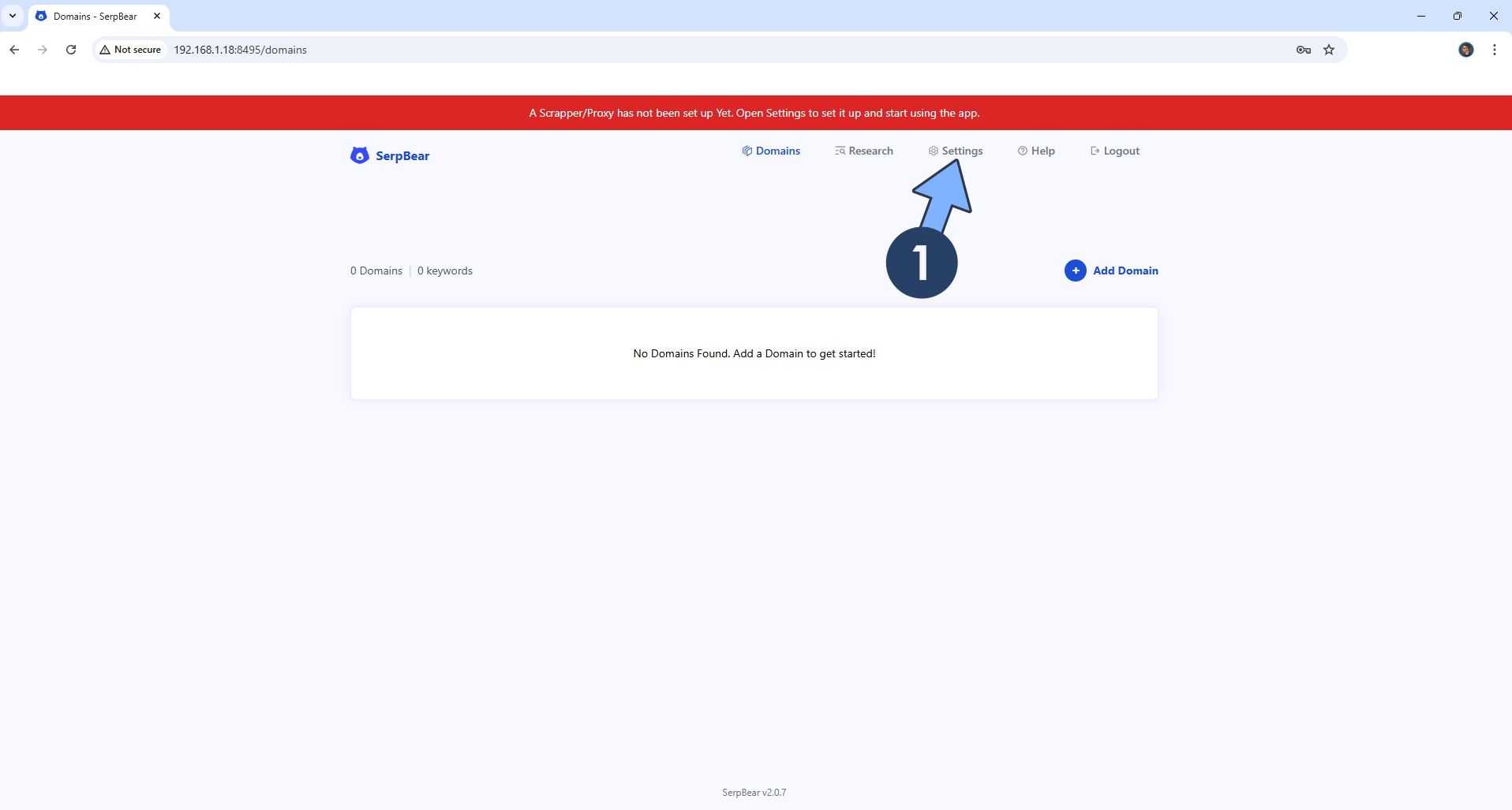
STEP 12
Click on the blue link below to create a free ScrapingAnt account.
STEP 13
Check your email then confirm your email address to start using ScrapingAnt. Follow the instructions in the image below.
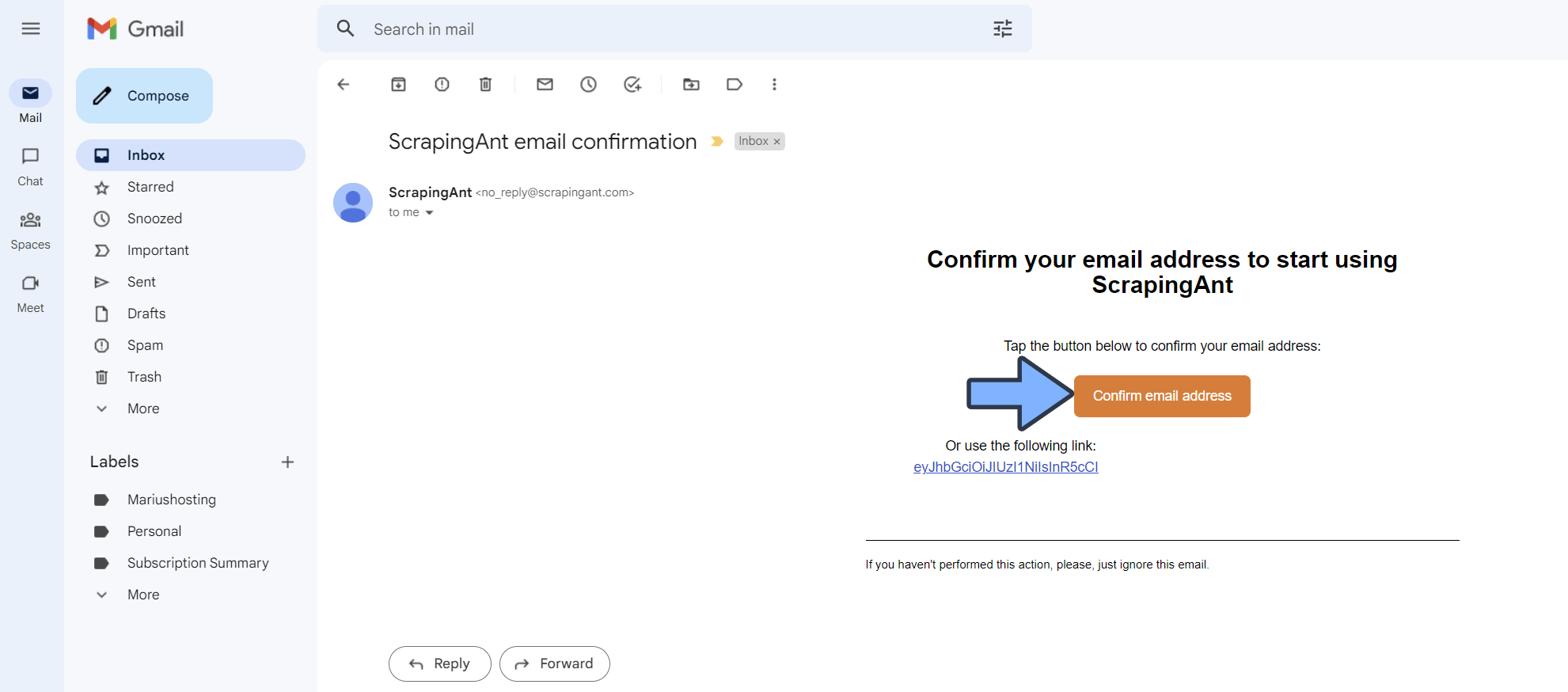
STEP 14
On the ScrapingAnt account go to Dashboard then copy your own API token. Follow the instructions in the image below.
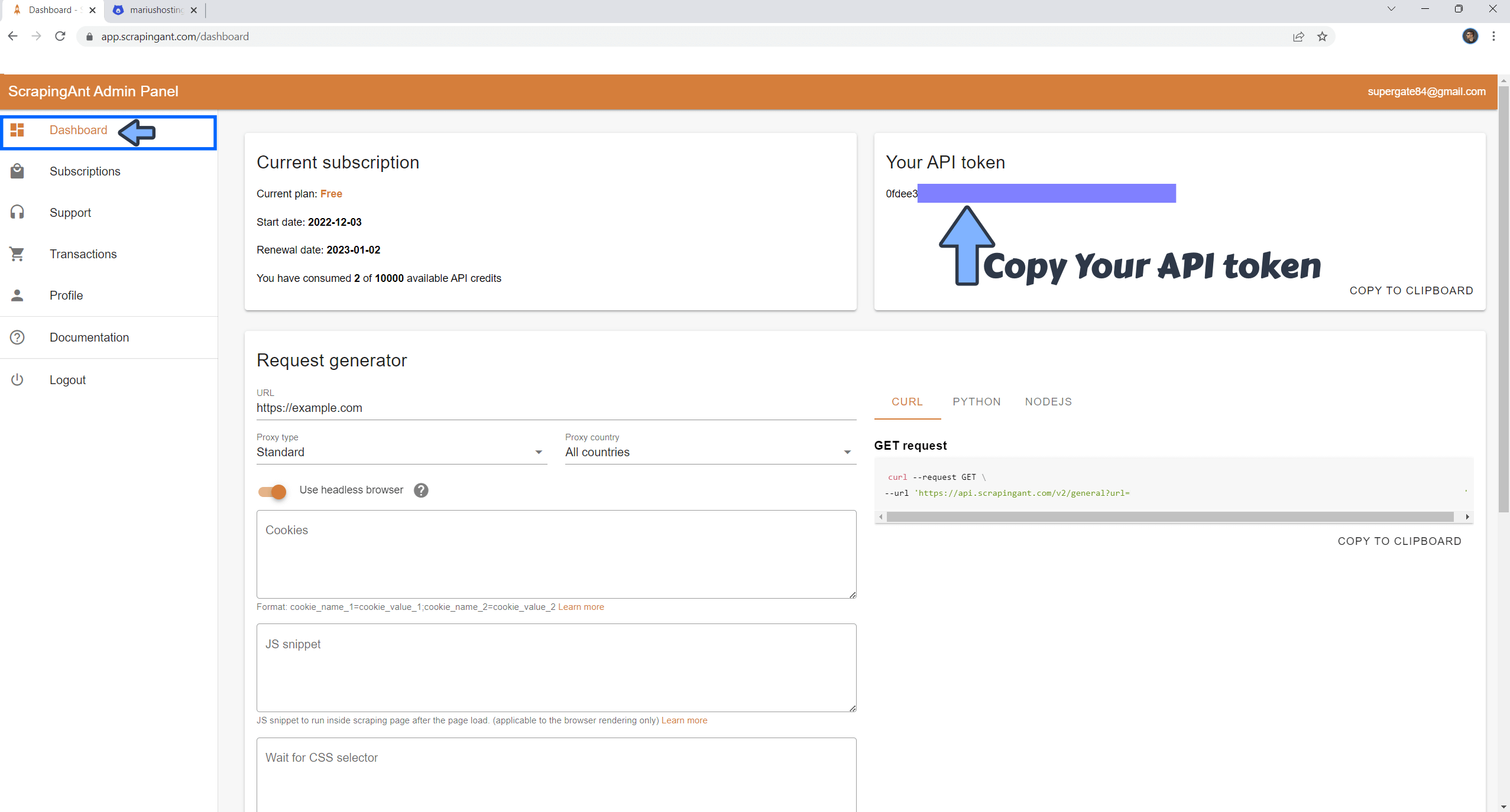
STEP 15
Now open SerpBear then select ScrapingAnt as Scraping Method. Paste your own API Token that you have previously copied at STEP 14 in the appropriate area. Click Update Settings. Follow the instructions in the image below.

STEP 16
After you click Update Settings at STEP 15 refresh the page then click Add Keyword. Type in the Keywords you want to monitor. Select the country where you want the keyword to be monitored then click Add Keywords. Follow the instructions in the image below.
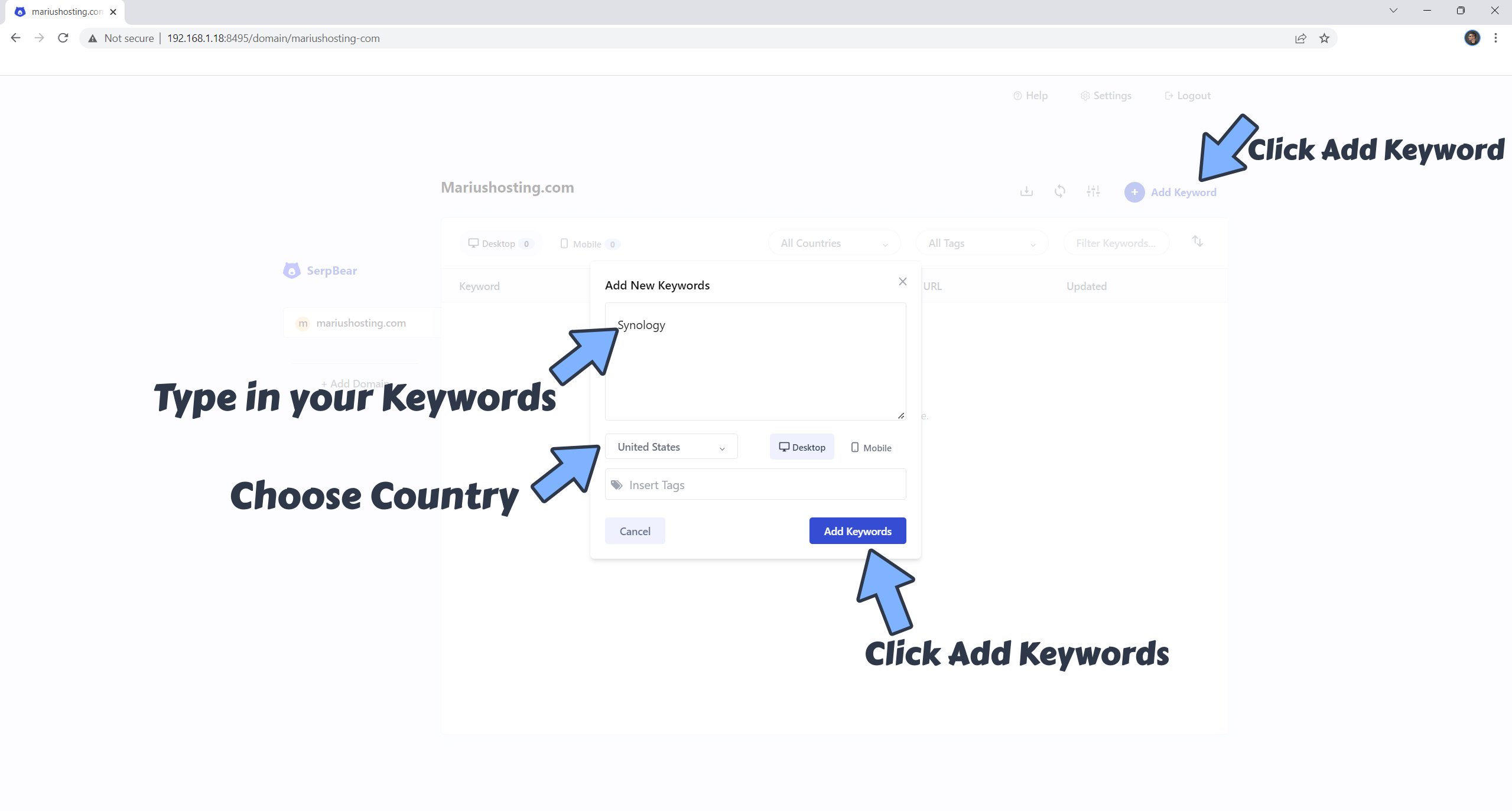
From now on, the keyword for your website will automatically monitored. You can see if the Keyword goes up or down on Google.

Enjoy SerpBear!
If you encounter issues by using this container, make sure to check out the Common Docker issues article.
Note: If you want to run the SerpBear container over HTTPS, check my guide on How to Run Docker Containers Over HTTPS.
Note: Can I run Docker on my Synology NAS? See the supported models.
Note: How to Back Up Docker Containers on your Synology NAS.
Note: Find out how to update the SerpBear container with the latest image.
Note: How to Free Disk Space on Your NAS if You Run Docker.
Note: How to Schedule Start & Stop For Docker Containers.
Note: How to Activate Email Notifications.
Note: How to Add Access Control Profile on Your NAS.
Note: How to Change Docker Containers Restart Policy.
Note: How to Use Docker Containers With VPN.
Note: Convert Docker Run Into Docker Compose.
Note: How to Clean Docker.
Note: How to Clean Docker Automatically.
Note: Best Practices When Using Docker and DDNS.
Note: Some Docker Containers Need WebSocket.
Note: Find out the Best NAS Models For Docker.
Note: Activate Gmail SMTP For Docker Containers.
This post was updated on Tuesday / August 26th, 2025 at 11:48 PM
